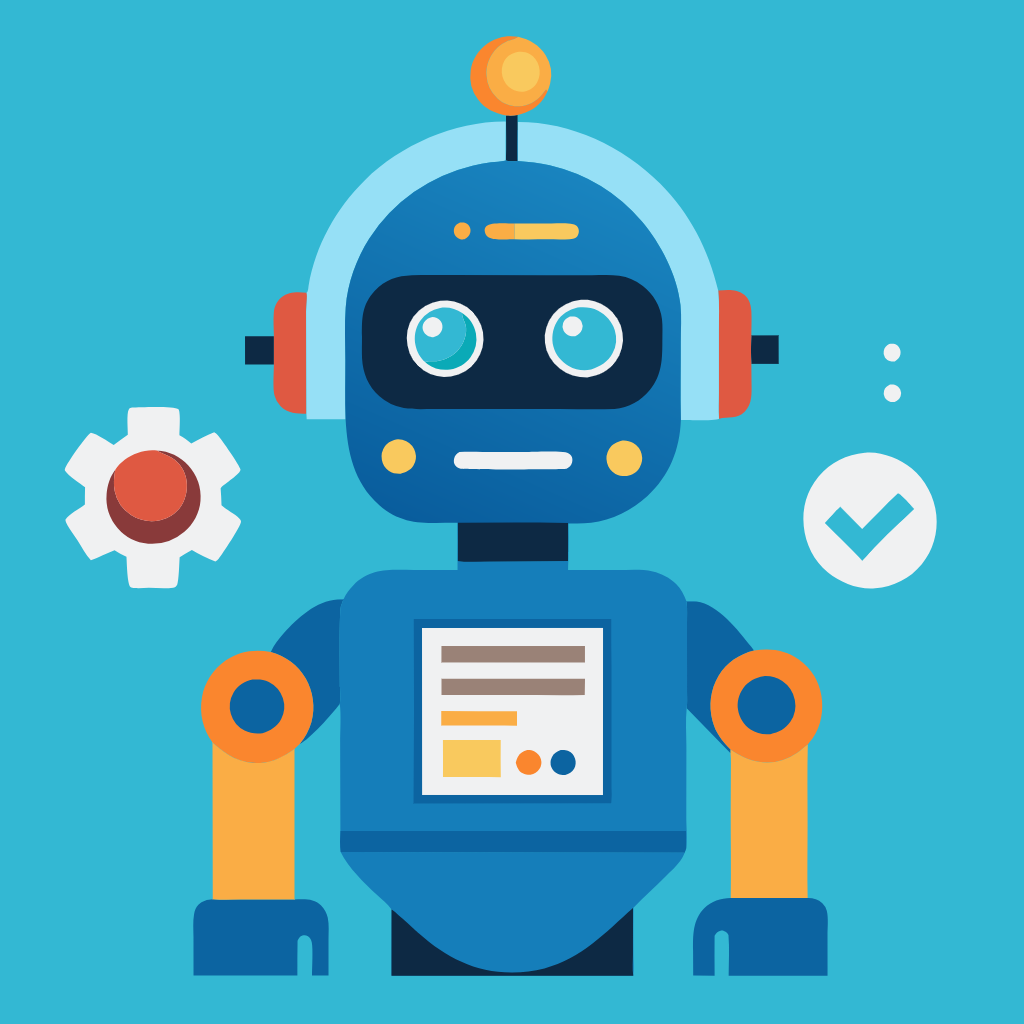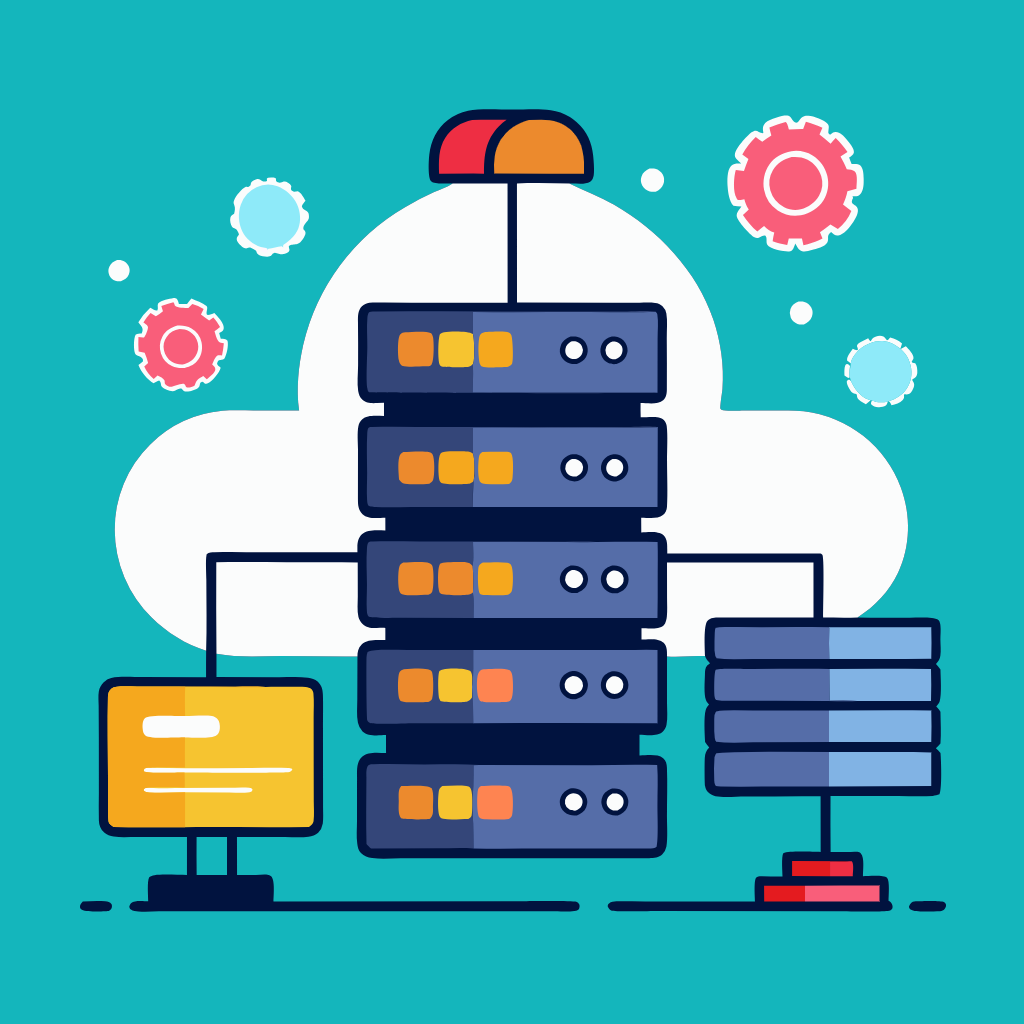Imagine wanting to build a robot that can play chess, translate languages, or even write poetry. Sounds like science fiction, right? Well, with the help of machine learning (ML), it’s becoming increasingly possible! But just like any skilled builder needs the right tools, ML engineers rely on special libraries to craft their intelligent creations.
So, what are these mysterious libraries, and how do they work?
Think of them as code power-ups! Machine learning libraries are collections of pre-written functions and algorithms that do the heavy lifting in various ML tasks. Instead of reinventing the wheel every time you need to train a model, you can simply borrow these building blocks and focus on the bigger picture.
Here are some of the most popular Machine Learning libraries and what they do:
-
NumPy: The foundation stone! NumPy handles multi-dimensional arrays and matrices, making it the go-to tool for crunching numbers and preparing data for analysis.
-
Pandas: Your data-wrangling superhero! Pandas help you organize, clean, and manipulate your data into tidy tables called DataFrames, making it easier to feed your hungry algorithms.
-
Scikit-learn: The Swiss Army knife of ML! Scikit-learn offers a vast collection of algorithms for tasks like classification, regression, and clustering, letting you tackle various real-world problems.
-
TensorFlow and PyTorch: The deep learning dream team! These libraries are specifically designed for building and training complex neural networks, the brains behind many cutting-edge AI applications.
But wait, there’s more! The world of ML libraries is vast and ever-evolving. Libraries like OpenCV for computer vision, Natural Language Toolkit (NLTK) for text analysis, and scikit-image for image processing cater to specialized needs.
Remember, choosing the right library depends on your project’s goals and the type of data you’re working with. Don’t be afraid to experiment and explore different options to find the perfect fit for your AI ambitions!
Ready to unleash your inner ML wizard? With the right library in your hand, you can build incredible things – from chatbots that answer your questions to algorithms that predict future trends. So, dive into the world of ML libraries, and start building your own brainy bots!
Bonus tips:
- Keep it simple: When choosing a library, prioritize ease of use and clear documentation. You don’t want to get bogged down in technical jargon!
- Start small: Don’t try to tackle the most complex tasks right away. Begin with basic examples and gradually build your skills and knowledge.
- Join the community: There are many online forums and communities dedicated to ML libraries. Don’t hesitate to ask questions and learn from others!
Remember, machine learning is a powerful tool, and with the right libraries, you can unlock its full potential. So, go forth, explore, and build something amazing!
Discover more from Susiloharjo
Subscribe to get the latest posts sent to your email.





